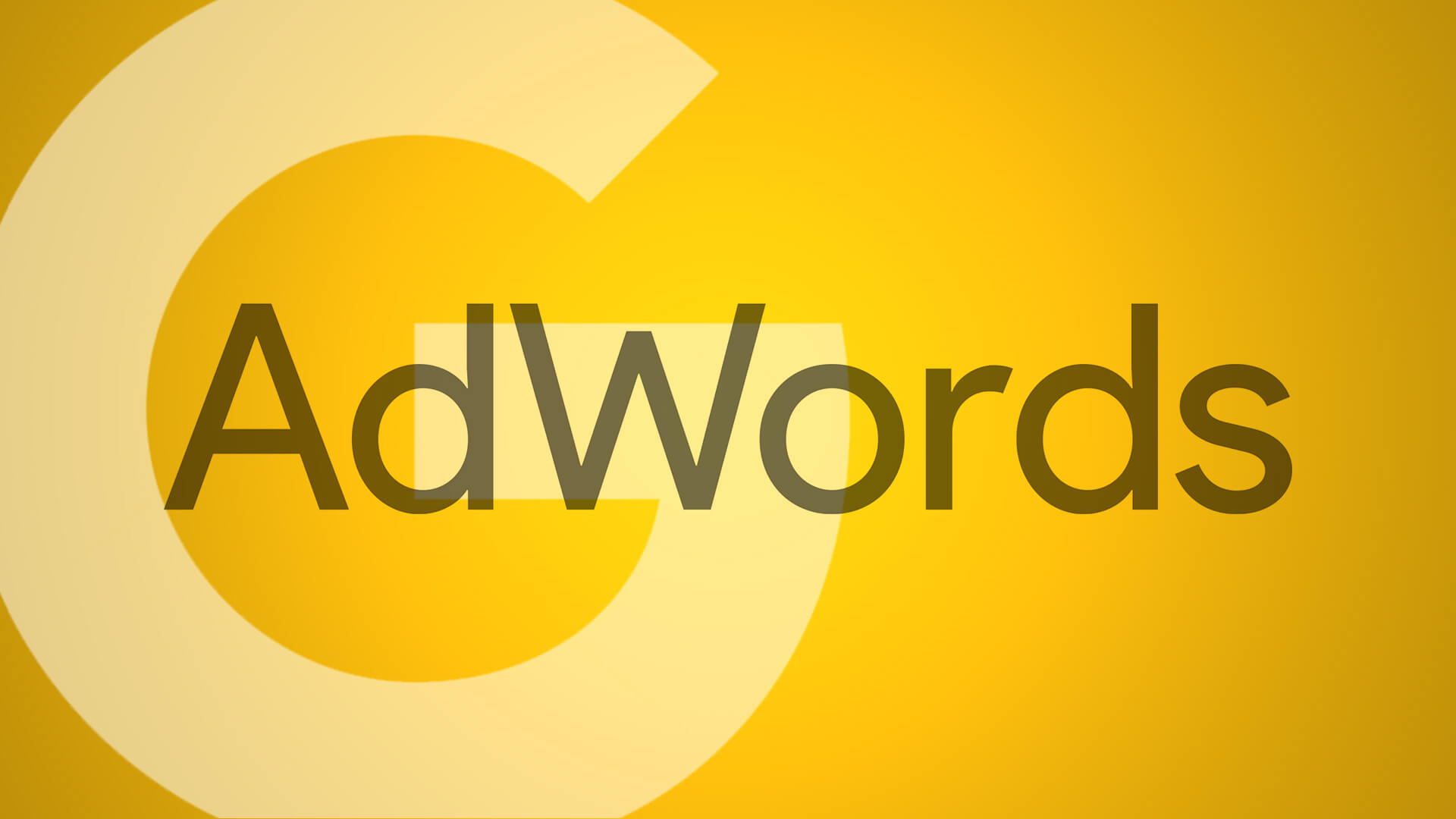Plan device-specific user experience strategies with Google AdWords’ bid modifier
Google recently announced some changes to the way bid adjustments works in AdWords. Columnist Thomas Stern explains how this might affect your device-specific bidding strategies.
Recently, Google began rolling out an update that will reopen the doors to device-specific campaigns — specifically, this change allows you to set individual bid adjustments for each device type (smartphone, tablet, desktop). In other words, you will now have full control over informing AdWords whether desktop, mobile or tablet is the priority for each campaign.
With a new way to better control complex account structures and bidding strategies, marketers now have additional means to segment meaningful data and begin to integrate new optimization strategies where they fit best.
With this new change, PPC managers must ask themselves if it’s time to change their approach to bidding entirely, as this new latitude given for device modifiers allows for marketers to segment by user experience with device-specific strategies. Moreover, brands that have a majority of their customers interacting with their ads on mobile devices may need to think about mobile strategies at a more granular level, in addition to their typical desktop optimizations.
It may be tempting to now split out all your campaigns into more granular mobile-, desktop- and tablet-specific campaigns — but an important aspect for marketers to keep in mind is efficiency. Can we say that getting more granular with the targeting across campaigns will increase the return on investment?
In this article, we intend to shed some light on that topic and inform marketing optimization strategies for paid search.
Leverage audience behavior shifts to improve campaign performance
It’s no surprise that Google updated enhanced campaigns. Considering that mobile traffic has surpassed desktop traffic on their search engine, it no longer makes sense for mobile bids to be anchored to desktop and tablet bids. Additionally, savvy marketers have already been tracking performance changes that are undoubtedly showing mobile traffic dominance in terms of click volume.
There have always been reasons to split up campaigns in an effort to increase segmentation and push performance. Because behavior varies across devices, it is necessary to consider device-specific segmentation as a more fully realized option now that the capability is available to marketers within AdWords.
Some changes may be obvious: If mobile is performing significantly better than your campaign’s average CPA (cost per action), and desktop is performing significantly worse, your next testing action would be to increase bids on mobile devices while decreasing bids on desktop. In other scenarios, the balance between efficiency and an acceptable return on investment needs to be entirely attached to performance goals.
Match paid search ads with landing page strategies
Mobile-specific content and marketing campaigns make the best case for segmenting the campaign and bidding strategy by device. This is mainly because mobile devices provide a completely unique experience versus desktop and even tablet devices.
Having a mobile device in hand enables users to take action more quickly, so a simple call-to-action and tap-to-call functionality can encourage a phone call. People on mobile devices tend to digest information and make decisions more quickly, too. As a result, landing pages need to be crafted to be further down the sales funnel with simplified content.
Any campaign involving store visits may also benefit from both mobile-friendly content and ad campaigns, like digital coupons or restaurant reservations. In this scenario, mobile may well drive more valuable activity than other devices.
Additionally, on smaller screens, bidding strategies must adjust to stay visible. On desktop devices, visibility remains within the top three or four positions, but on mobile devices, the best visibility is constrained to the top two positions.
For campaigns which require destinations to long-form content landing pages, there may be scenarios where desktop is optimal. Some of the most important pages that aid in decision-making are information-heavy; a web page experience may not be as digestible on mobile devices as it is on desktop devices.
This is especially true for users who are in the research phase of the buying cycle. Consumers in this phase will go through many unique pages to help inform their purchase decisions — particularly for complex purchases like computers or vehicles.
Conclusion
Though day-to-day campaign management may not change much with this update, the capabilities for future campaigns have expanded. You have additional options to tune performance by device to enable more focused strategies.
AdWords typically works better with consolidated campaigns, so it’s more than likely that you already have a system in place to succeed with device bid adjustments. Consider implementing device-specific paid search strategies where the performance is sure to improve.




